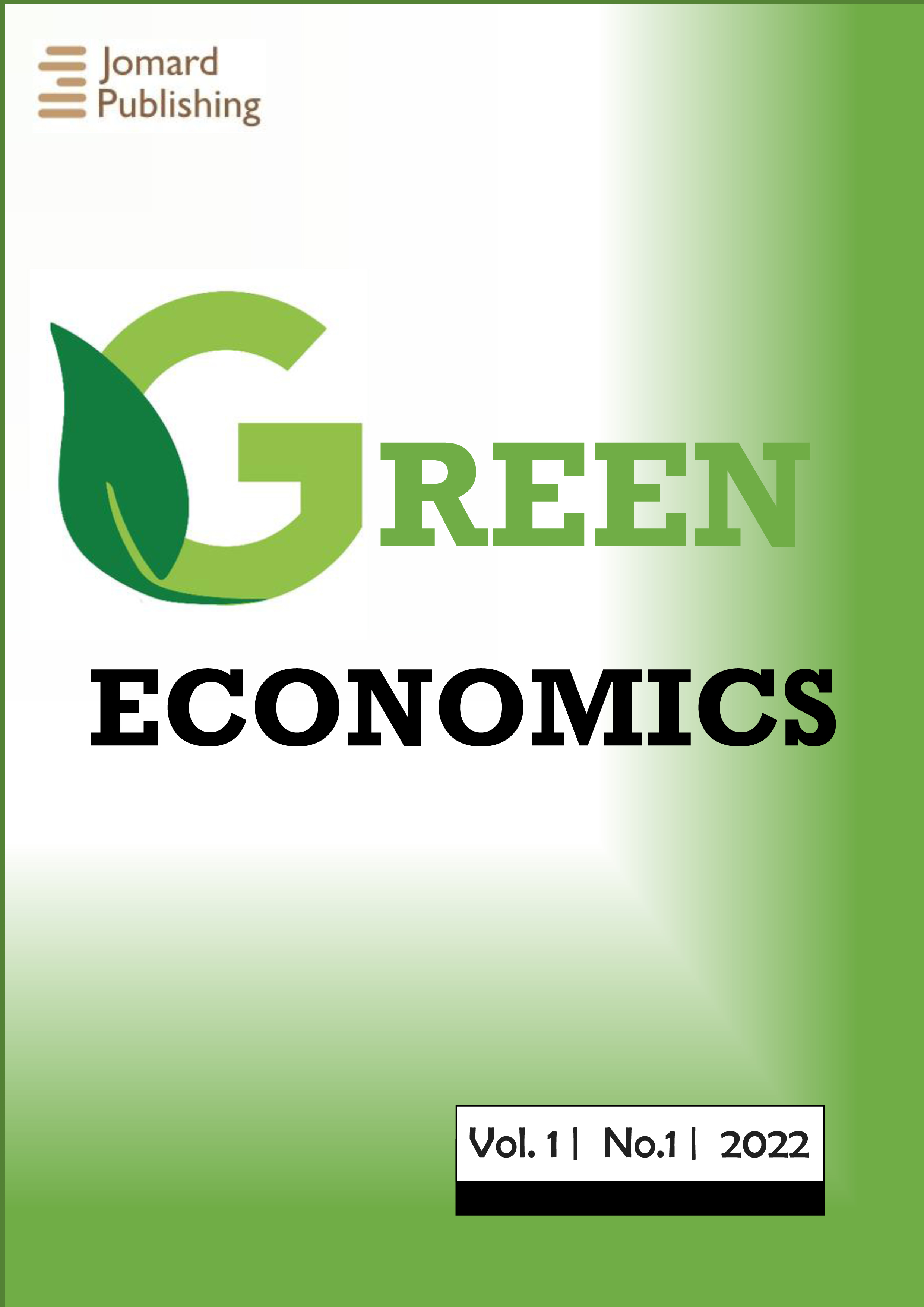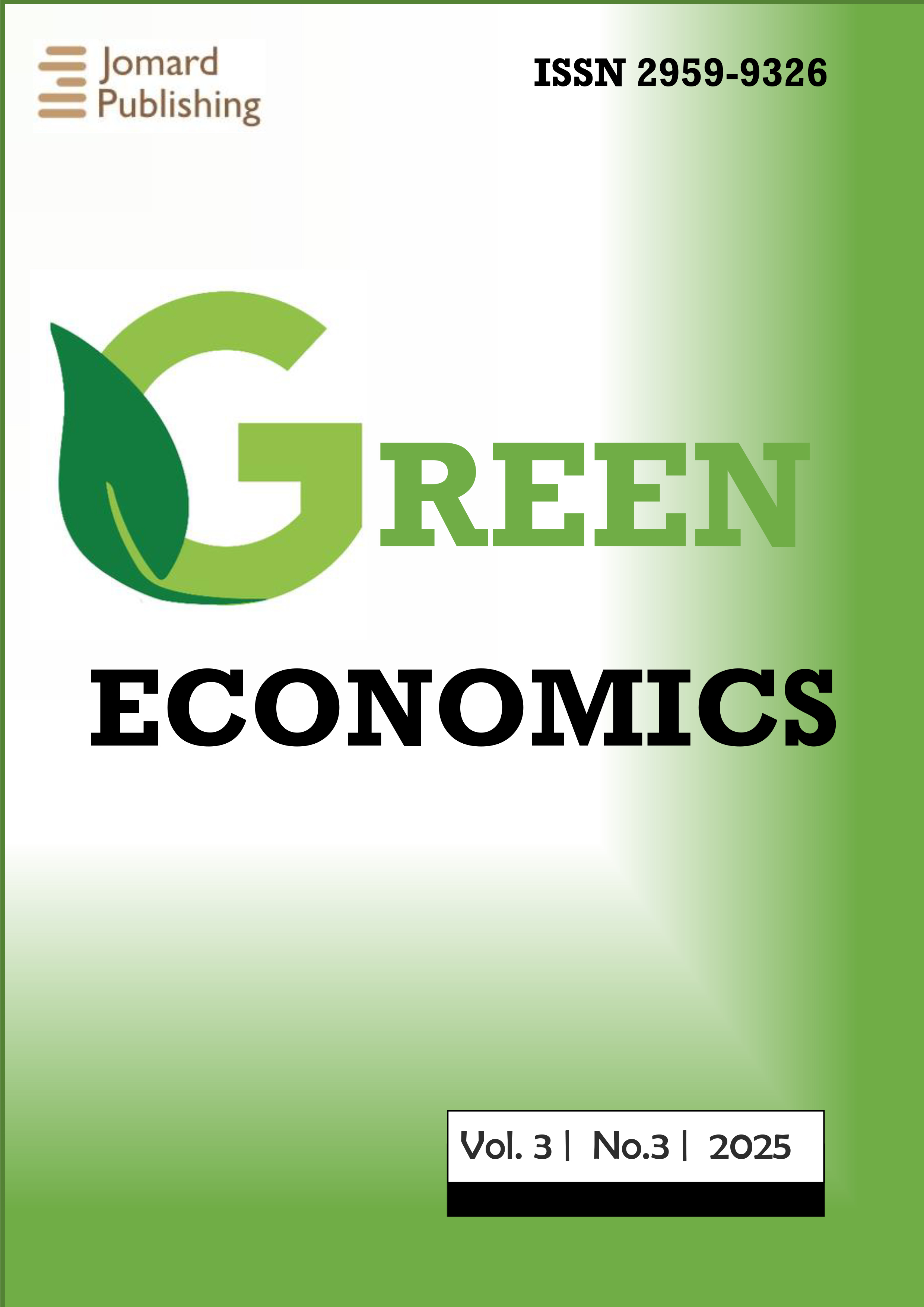The Circular Economy: Bridging the Gap Between Theoretical Ideals and Business Realities
- Published: 22-09-2025
Share
The linear “take-make-waste” economic model is a primary driver of global environmental degradation, with over 90% of extracted materials wasted. The circular economy (CE) emerges as a transformative alternative, aiming to decouple growth from resource consumption by designing out waste, keeping products and materials in use and regenerating natural systems. This paper argues that while the CE presents a vital paradigm for sustainable development, its translation from theory into mainstream business reality is hampered by a complex web of economic, operational, cultural and regulatory barriers. Through an analysis of pioneering business models-Product-as-a-Service, resource recovery and remanufacturing-this paper demonstrates the model's viability. However, it concludes that a full-scale transition requires a synergistic approach, combining digital enabling technologies, innovative financing and a supportive ecosystem of policies that includes Extended Producer Responsibility, fiscal reform and Green Public Procurement to level the playing field for circular activities.
- View 225
- Downloads 45
- Saveds 0
- Citations (Crossref) 0

